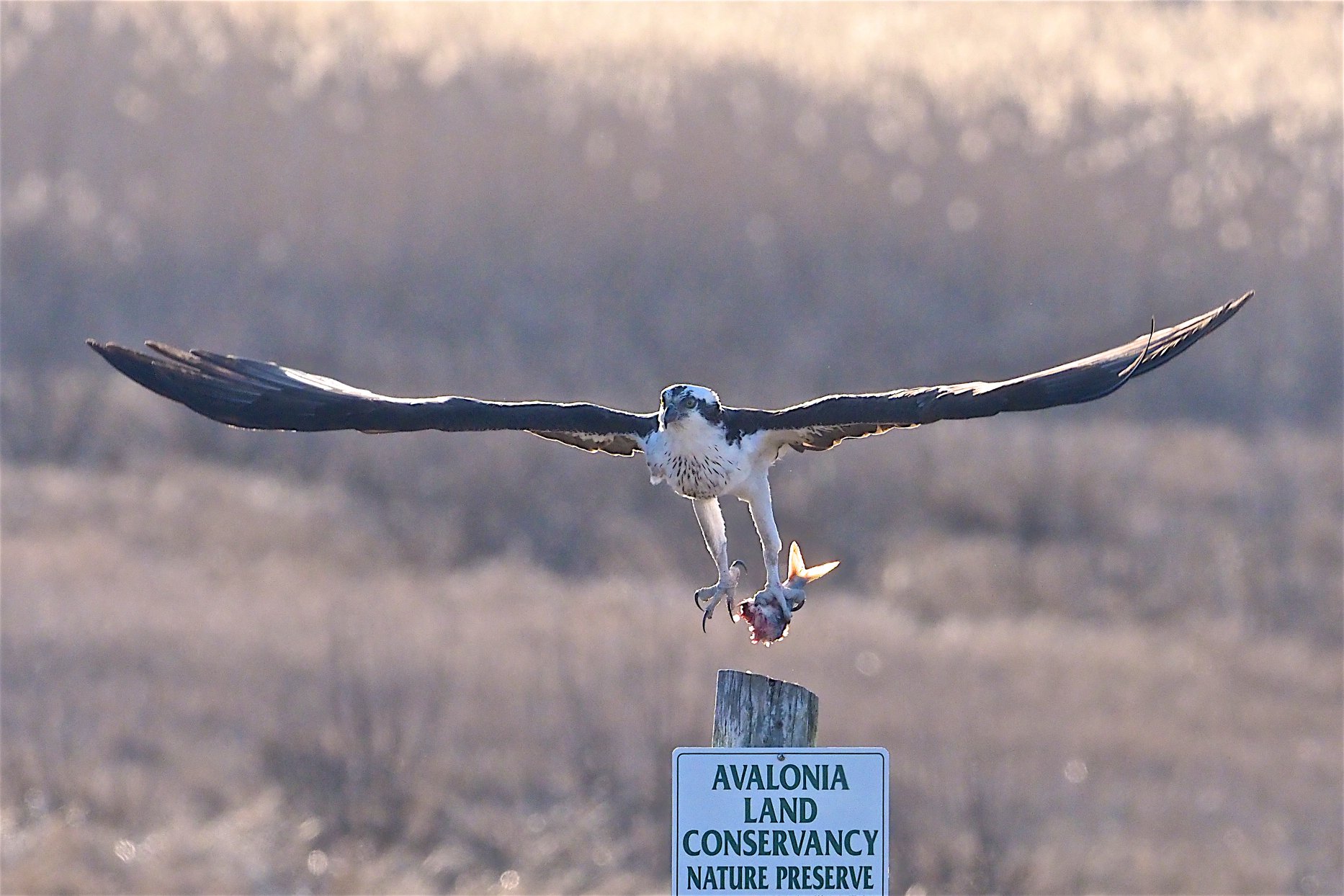
Notes from Avalonia: Birds in Spring
By Bob Chapin, Preston Town Chair
First, to help keep us from going absolutely crazy during the pandemic, let me remind you that all Avalonia properties remain open. We simply request that you continue to observe the social distancing and good hygiene practices you use elsewhere, and please protect all the wild animals living on these preserves by keeping any pets on a leash. We have the Preston Nature Preserve here in town, or you can look under Our Preserves to get maps of all our preserves and their trails. All of this is free, but we would ask you to consider a donation, or join the organization as a way of showing support. Joining is easily done online here. Thanks for your support, and stay safe!!
OK, with that out of the way, let’s pick up where we left off, shall we?
The resident Canada Goose flocks have had a relatively easy time of it this year, with as little snow as we had, so their foraging was comparatively easy. From February through April they were busy establishing mating pairs (which last for the life of the couple) and finding and establishing territories for their nests: shallow depressions surrounded by as much grass and detritus as the female can gather from her place on the nest. 4-5 eggs are laid in April or May, and the female warms them for 28 days until they hatch. The chicks take a day to “find their feet”, and then they are self-sustaining, feeding and pretty much taking care of themselves, though they stay with the family unit for protection (and probably training) until next winter.
Our woodland and winter feeder birds are also having a busy spring. The Chickadees court and build nests and establish and defend their nesting territories in May and June. A high, clear “Fee-bee” song in late winter is the sign that the male has started the territorial process. Chickadees are cavity nesters, scooping holes out of rotted wood 4-15 feet off the ground. They will also readily accept human-provided bird boxes. Eggs are laid, one a day, for 5-6 days, and the female incubates them for about 12 days, with the male bringing her food and feeding her. The babies are in the nest, being fed by both parents, for 15-16 days until they can fly on their own. Once fledged, they follow the parents around for a couple of weeks, asking for more food, until the parents slowly reduce the amount they feed the young, who then disperse to forage on their own.
The Tufted Titmouse follows a similar schedule. Late Winter and Spring bring an increase in singing from the males, which indicates the start of the season of courtship and defining and defending territories. Once paired, the male and the female forage close together, keeping in touch by calling softly to each other. To strengthen their pair-bond, the birds will often feed each other, an activity that continues during nest-building and egg incubation. Titmice nest in existing tree cavities, with the female doing most of the material collection and nest-building. 4-8 eggs are laid, one per day. With the last egg comes incubation, done mostly by the female, and for about 2 weeks. Then young are in the nest for 17-18 days, being fed by both parents. Indeed, the job of the male during this whole nesting-incubation-nestling phase is to diligently find food for himself and his mate and the chicks. The female will join in the big job of finding and delivering food to the always-hungry baby chicks. When the young fledge and can fly, they leave the nest, but continue to follow the parents around for up to 4 weeks, and often stay with the parents as part of the winter feeding flock. The young do leave their parents come the following spring, when they start to pair off with a new mate.
The white-breasted Nuthatch is the other bird whose winter habits we reviewed earlier. You’ll recall that these are the black and white birds which go up or down the tree, headfirst, with equal ease and energy. The male and the female stay together year-round, and do not migrate, so unlike the other birds here, they defend a local territory all year, from 25-40 acres in size. The territory is smaller during the nesting and chick-rearing times. One characteristic behavior of a pair of Nuthatches is mate feeding, where a male will retrieve a morsel of food he had stored away previously, and will bring it to his mate, and places it gently in her open bill. Nuthatches spend the winter in existing tree cavities, and they will choose larger cavities to build their nest in. 5-10 eggs are laid, one per day, in May or June. The female does most of the egg incubation and staying with the chicks after hatching, while the male forages for food for the growing family, often storing bits of food in bark or crevices near the nest for later retrieval. The young will continue to receive food from the parents for a couple of weeks after their first flight. Surprisingly, the family group stays together well after the adults stop feeding the young, often into the Fall or Winter. Like the Canada Goose, adult Nuthatches have a complete molt in the late summer, before settling in to preparing for the winter.
Remember, walking in the woods is really good for your health. Just be virus-aware, and treat the preserves with care. Thanks, and have fun!!
photo courtesy Raymond Uzanas at Paffard Marsh
